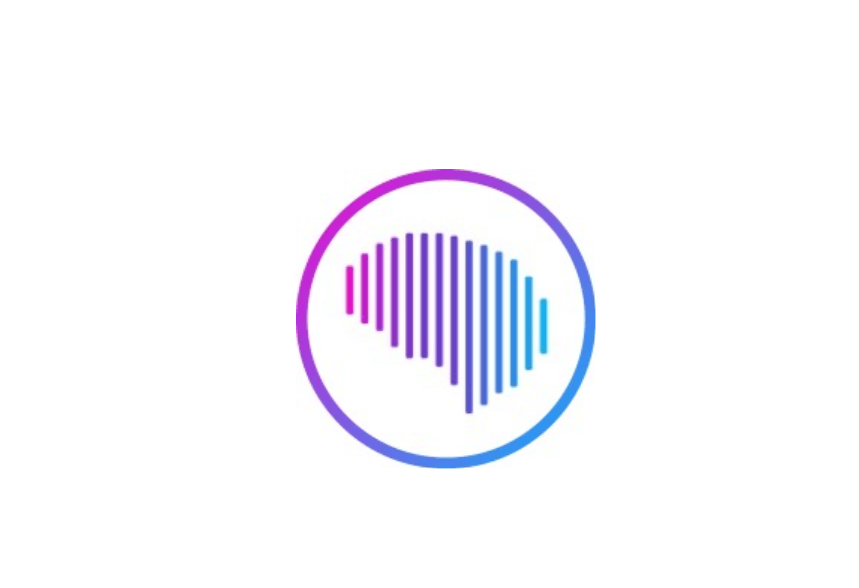In recent years, ketamine troches have been gaining significant attention as a potential breakthrough in the treatment of both pain and mental health disorders. Once primarily used as an anesthetic, ketamine has now entered the spotlight for its ability to offer fast, effective relief for individuals with chronic pain and mental wellness challenges like depression, anxiety, and PTSD. But are ketamine troches the future of therapy in these areas? In this article, we explore the potential of ketamine troches and their growing role in modern healthcare.
The Mechanism Behind Ketamine Troches: A Fast-Acting Treatment Option
Ketamine troches are a unique form of ketamine therapy, delivered as dissolvable lozenges that allow the medication to be absorbed directly through the mucous membranes in the mouth. Unlike traditional oral medications that must pass through the digestive system, ketamine troches quickly enter the bloodstream, leading to faster onset of action and more immediate relief.
- Rapid action: The lozenge dissolves in the mouth and is absorbed directly into the bloodstream, providing quicker results compared to conventional oral tablets.
- Convenient and easy to use: The lozenge form allows patients to self-administer the medication at home, offering flexibility and convenience.
- Personalized dosage: The ability to adjust the dosage easily ensures that each patient receives a precise and tailored treatment to suit their needs.
This efficient delivery method makes ketamine troches an ideal solution for both pain and mental health treatments, offering patients a fast-acting, accessible, and effective way to manage their symptoms.
The Role of Ketamine Troches in Pain Management
Ketamine troches are revolutionizing the way chronic pain is treated. For patients suffering from conditions like complex regional pain syndrome (CRPS), fibromyalgia, and neuropathic pain, traditional pain medications may provide limited relief or come with dangerous side effects like addiction and tolerance. In contrast, ketamine has demonstrated its potential to treat pain at its source, offering patients more sustainable, long-term relief.
Ketamine works by interacting with the NMDA receptors in the brain, which play a significant role in pain processing and memory. By blocking these receptors, ketamine helps reset the brain’s pain pathways, providing a more profound and lasting impact on pain management.
- Alternative to opioids: Ketamine provides a non-addictive alternative to opioid-based painkillers, reducing the risks of dependency and overdose.
- Long-term effectiveness: Ketamine’s effects can last for days or even weeks, making it a more sustainable option for managing chronic pain.
- Quick relief: Ketamine troches provide faster relief compared to traditional oral pain medications, helping to address severe pain quickly.
For individuals struggling with chronic pain, ketamine troches offer an innovative and effective way to manage their condition without the side effects or dependency risks associated with opioids.
Ketamine Troches and Mental Health: A New Era of Treatment
In addition to their use in pain management, ketamine troches are also showing promise in the treatment of mental health conditions, particularly those that are resistant to traditional therapies. Ketamine has long been used as an anesthetic, but its ability to rapidly relieve symptoms of depression, anxiety, and PTSD has garnered attention in recent years. Ketamine troches provide a convenient and efficient delivery method for those seeking alternative treatments for mental health challenges.
- Fast-acting depression relief: Ketamine has been shown to relieve symptoms of depression within hours, unlike traditional antidepressants, which can take weeks to show effects.
- Reduced suicidal ideation: Research has demonstrated that ketamine can significantly reduce suicidal thoughts in patients with treatment-resistant depression.
- Effective for PTSD and anxiety: Ketamine can help patients reset their brain’s response to stress and trauma, making it an effective treatment for PTSD and anxiety disorders.
For individuals who have struggled with traditional medications or therapies, ketamine troches offer a rapid and effective solution that addresses the root causes of mental health conditions, providing much-needed relief and improving overall well-being.
The Future of Ketamine Troches: Expanding Use and Research
As the medical community continues to explore the potential of ketamine troches, their role in both pain management and mental health treatment is expected to expand. While ketamine is still considered an alternative treatment, it is quickly gaining acceptance as a viable solution for conditions that are resistant to conventional therapies.
- Wider accessibility: As awareness of ketamine’s benefits grows, ketamine troches may become more widely available, giving patients greater access to this powerful treatment option.
- Increased research: Ongoing studies are continuing to investigate the long-term benefits and potential applications of ketamine for various pain and mental health conditions.
- At-home treatment options: With ketamine troches, patients can manage their symptoms in the comfort of their own homes, reducing the need for frequent hospital visits or IV treatments.
The future of ketamine troches in therapy is promising, with their versatility and effectiveness paving the way for broader use across both pain and mental health treatments.
Conclusion:
With their rapid onset of action, convenience, and proven effectiveness in treating chronic pain and mental health conditions, ketamine troches are undoubtedly revolutionizing modern therapy. Their ability to provide fast, non-addictive relief from pain, coupled with their impact on mental wellness, positions them as a leading option for individuals seeking new treatment options.
The growing body of research, along with real-life success stories, suggests that ketamine troches could become a cornerstone of future therapeutic approaches for both pain and mental health. As we move forward, ketamine troches may become an essential tool in the treatment of some of the most challenging health conditions, offering patients a brighter future in their journey to recovery.
